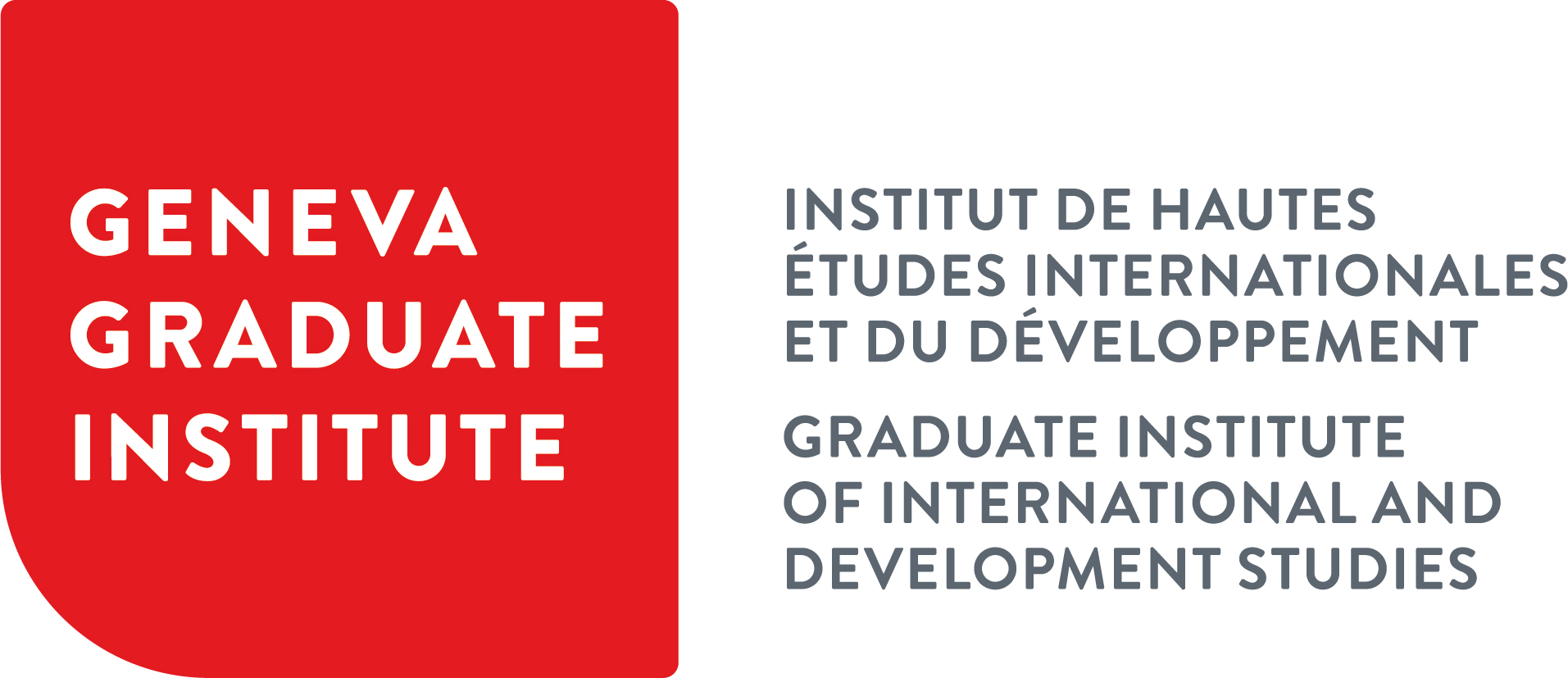News » International Review of the Red Cross Article contents Abstract Introduction “Criminal” non-internat
International Review of the Red Cross Article contents Abstract Introduction “Criminal” non-internat
Co-written by Chiara Redaelli, Research Fellow at the Geneva Academy and published by Cambridge University Press, this article aims to clarify how international humanitarian law (IHL) rules on targeting apply when drug cartels are party to a non-international armed conflict.
Over the past decades, drug cartels have posed a serious threat to public security: some of the most lethal episodes of armed violence take place in countries where these criminal organizations operate. Generally speaking, these groups prefer to work in a clandestine way and to avoid direct confrontations with State forces. Nonetheless, they do sometimes engage in armed violence against governmental armed forces, and in specific contexts, such as Colombia or Mexico, there have been arguments that the violence meets the threshold of a non-international armed conflict (NIAC), provided that the criteria of intensity and organization are fulfilled.
This article aims at clarifying how international humanitarian law (IHL) rules on targeting apply when drug cartels are party to a NIAC. A non-State party to an armed conflict usually comprises an armed wing and other supportive members of the civilian population, such as political or humanitarian wings. Only fighting forces of the non-State party qualify as an armed group under IHL, and accordingly, only the members of the armed wing are legitimate targets. It is therefore of paramount importance to determine whether individuals are members of the armed wing, and hence legitimate targets, or whether they engage in non-military functions within the group party to the NIAC. In practice this determination is challenging, as memberships in armed groups tend to be flexible in nature.


